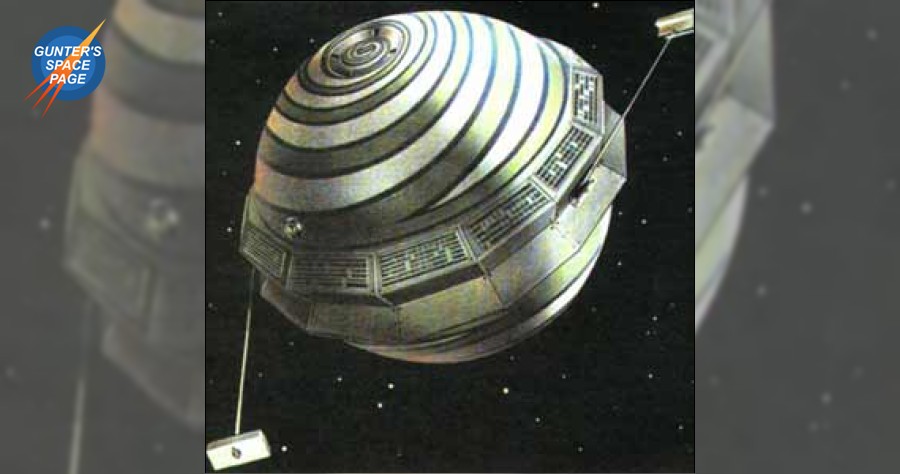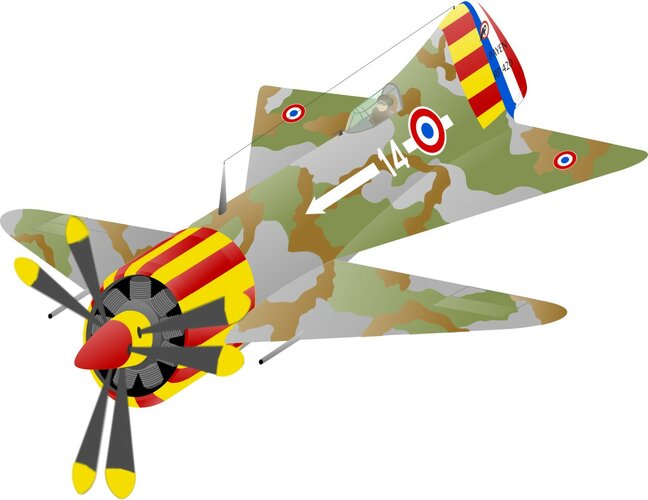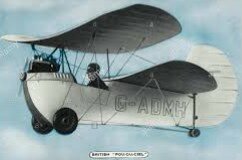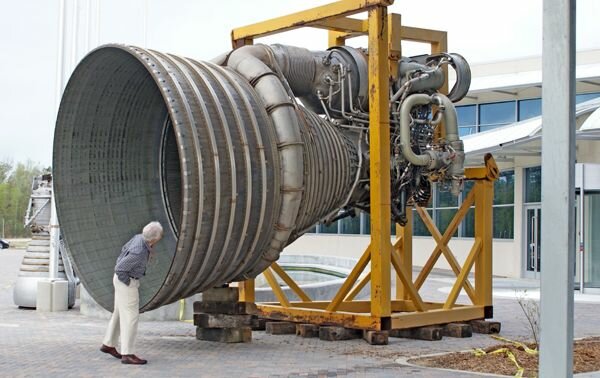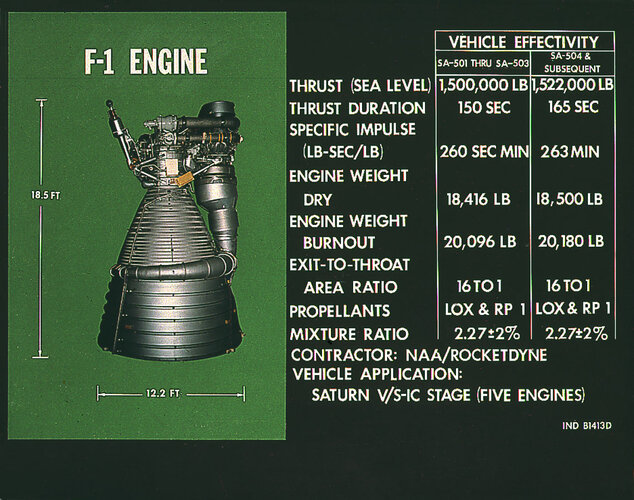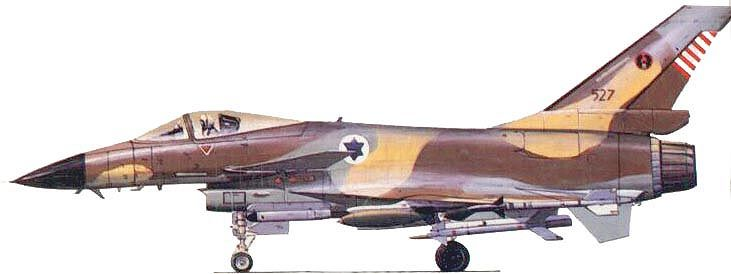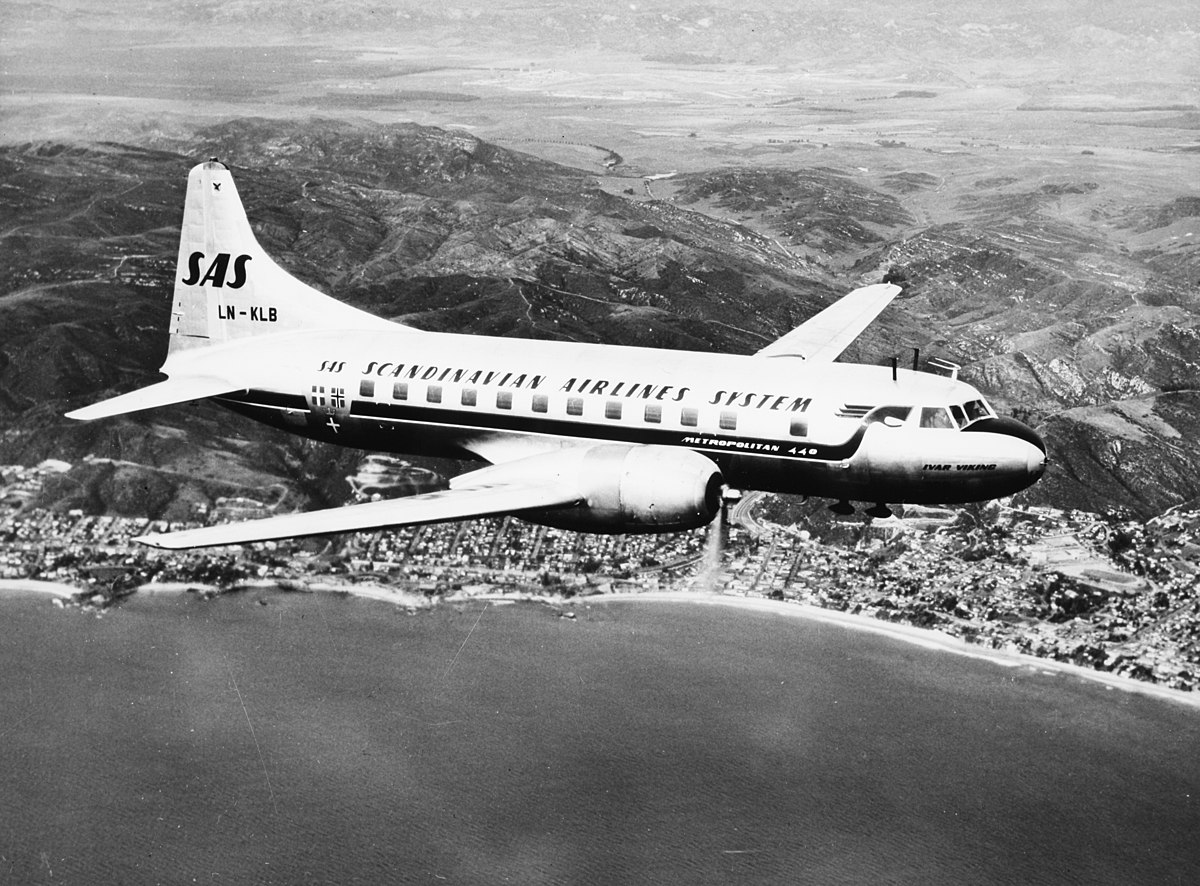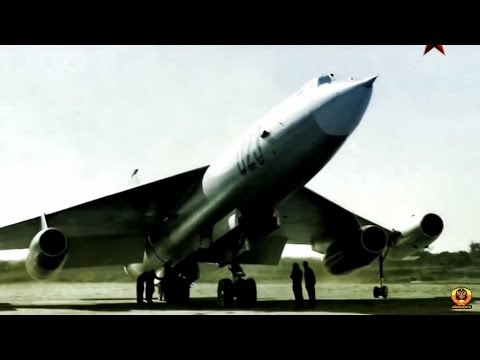isayyo2
Lurker alert
- Joined
- 24 November 2011
- Messages
- 1,131
- Reaction score
- 2,330
In similar vain to the "Biggest mistakes in aviation?" thread, but with more imagination! Take an existing design (plane, spaceplane, ship, helicopter, tanks, etc) and add your own flair to it.
I'll lead the charge -
Bomber: B-60 with 4xT57 P&W contra-rotating turboprops 15,000shp; wing pylons for Skybolt; 120,000lb max Payload; Cruise Speed - 450 knots?
Attack Helicopter: AH-56 with Sikorsky's coaxial "Advancing Blade Concept" GE T408 7,500shp; stretched wings for 10 pylons: 2 wingtip, 2 fuselage. 6 wing; aerial refueling probe; M230 extended barrel - 2000 rounds
Fighter: Cranked-Arrow F-14 with F120 variable cycle engines - 37,000lbf thrust
Tanker/Transport: 747-500 Propfan, nuff said
COIN Attack: Enlarged OV-1 Mohawk, 2xT408 GE, downrated 6,000shp; shares armament with above AH-56 mod, M230 cannon, extended wing etc; "Gorgon Stare," SAR/MTI pod, EW pod; refueling probe
I'll lead the charge -
Bomber: B-60 with 4xT57 P&W contra-rotating turboprops 15,000shp; wing pylons for Skybolt; 120,000lb max Payload; Cruise Speed - 450 knots?
Attack Helicopter: AH-56 with Sikorsky's coaxial "Advancing Blade Concept" GE T408 7,500shp; stretched wings for 10 pylons: 2 wingtip, 2 fuselage. 6 wing; aerial refueling probe; M230 extended barrel - 2000 rounds
Fighter: Cranked-Arrow F-14 with F120 variable cycle engines - 37,000lbf thrust
Tanker/Transport: 747-500 Propfan, nuff said
COIN Attack: Enlarged OV-1 Mohawk, 2xT408 GE, downrated 6,000shp; shares armament with above AH-56 mod, M230 cannon, extended wing etc; "Gorgon Stare," SAR/MTI pod, EW pod; refueling probe

